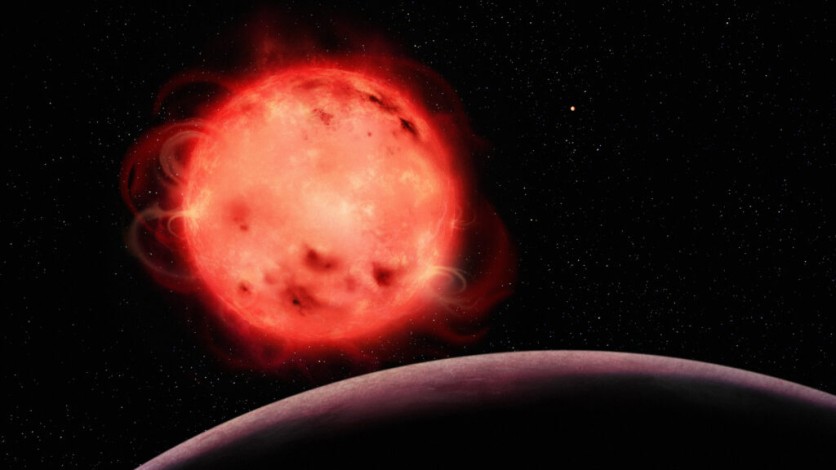NASA's James Webb Space Telescope (JWST) has made significant progress in achieving its scientific objectives, delving into the atmosphere of the planet TRAPPIST-1 b, one of the exoplanets orbiting a star 40 light years away from Earth.
This observation provides crucial insights into how the star's characteristics influence observations of exoplanets situated in the habitable zone.

NASA: Atmospheric Signals Around TRAPPIST-1 b?
Ryan MacDonald, a NASA Sagan Fellow and University of Michigan astronomer, emphasized that while their observations did not detect signs of an atmosphere around TRAPPIST-1 b, it could imply various scenarios, including the planet being a rocky surface, possessing high-altitude clouds, or an atmosphere dominated by a dense molecule like carbon dioxide.
He stressed that the star exerted the most significant influence on their observations, a phenomenon applicable to other planets.
"If we don't figure out how to deal with the star now, it's going to make it much, much harder when we look at the planets in the habitable zone-TRAPPIST-1 d, e and f-to see any atmospheric signals," MacDonald said in a statement.
The study, led by Olivia Lim of the Trottier Institute for Research on Exoplanets at the University of Montreal, employed a technique called transmission spectroscopy.
This method examines the central star's light after it passes through the exoplanet's atmosphere during transit, enabling astronomers to discern the unique chemical signature left by the molecules and atoms present.
A key revelation from the study was the substantial impact of stellar activity and contamination when attempting to analyze an exoplanet's nature.
Stellar contamination, arising from the star's features like dark spots and bright faculae, significantly affects measurements of the exoplanet's atmosphere, according to the team.
Stellar Contamination
The research highlighted the critical role of accounting for stellar contamination in deciphering the properties of exoplanets. Particularly in systems like TRAPPIST-1, centered around a red dwarf star known for its activity, this consideration is paramount.
TRAPPIST-1 b, being closest to its star, faces harsher conditions than its planetary counterparts. It receives four times Earth's radiation from the sun and boasts a surface temperature ranging from 120 to 220 degrees Celsius.
Detecting an atmosphere on TRAPPIST-1 b would be immensely valuable, as it is the closest planet to its star, generating a more robust signal during transits.
The observations conducted by Lim and her team explored a spectrum of atmospheric models for TRAPPIST-1 b. They found that cloud-free, hydrogen-rich atmospheres could be ruled out conclusively.
While the data didn't decisively eliminate thinner atmospheres like those comprised of water, carbon dioxide, or methane, nor an atmosphere akin to Saturn's moon Titan, it did offer valuable information on the incompatible atmospheric types.
These findings will guide future observations using JWST and other telescopes, hoping to advance our understanding of exoplanetary atmospheres and their potential habitability.
The findings of the team were published in The Astrophysical Journal Letters.
Related Article : Ring Nebula Comes Into Focus: NASA's James Webb Space Telescope Unveils Remains of a Dying Star in Stunning Detail


![Apple Watch Series 10 [GPS 42mm]](https://d.techtimes.com/en/full/453899/apple-watch-series-10-gps-42mm.jpg?w=184&h=103&f=9fb3c2ea2db928c663d1d2eadbcb3e52)


